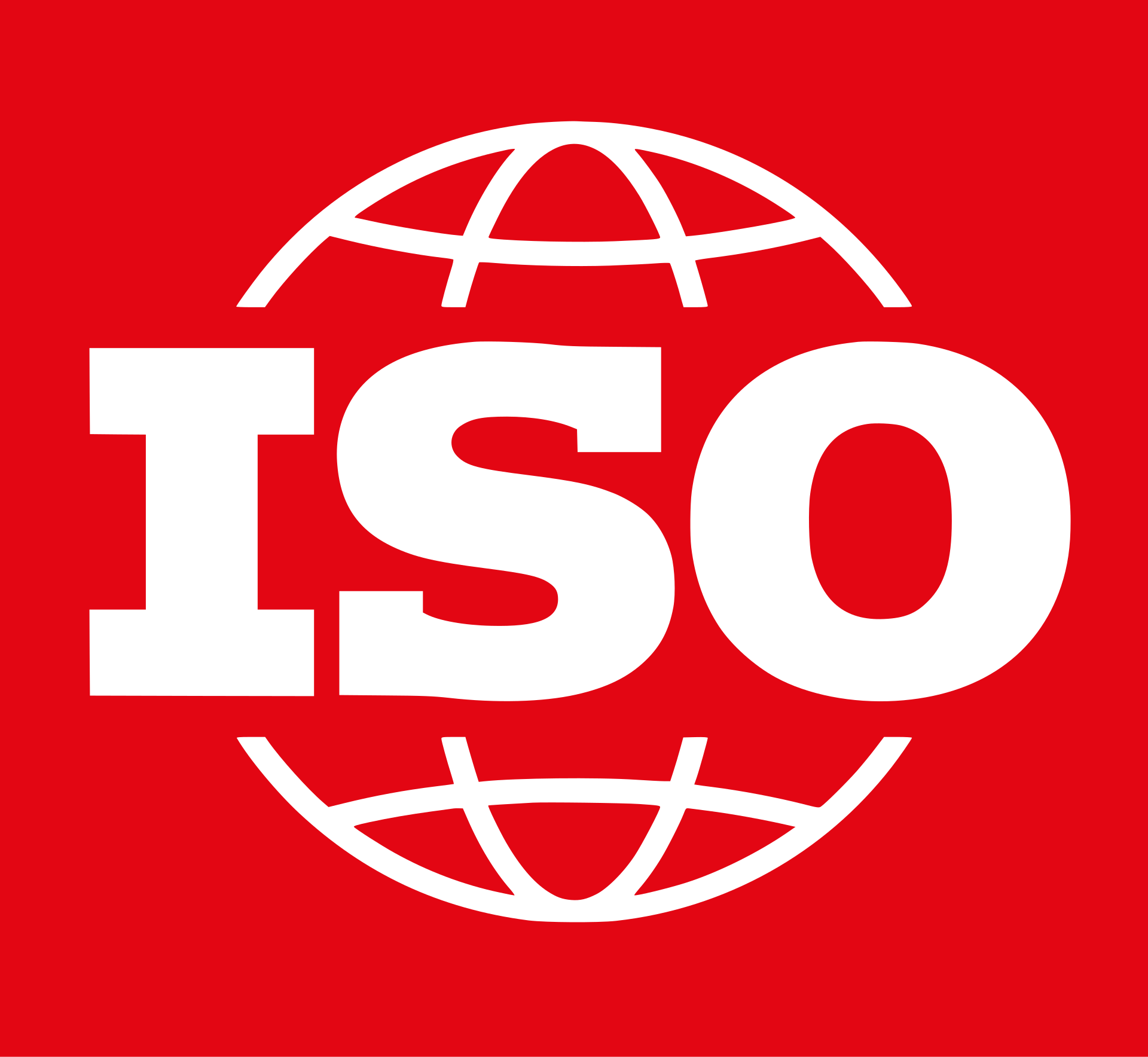ISO/IEC 27005
ISO/IEC 27005 is an international standard dedicated to information security risk management. It provides guidelines for information security risk management in an organization, supporting the requirements of an Information Security Management System (ISMS) defined in ISO/IEC 27001.

Definition and purpose
The purpose of ISO/IEC 27005 is to assist organizations in establishing a systematic approach to managing and treating information security risks. The standard does not prescribe a one-size-fits-all approach but encourages organizations to tailor the guidelines to their specific needs. It helps organizations identify, analyze, evaluate, and treat risks associated with the security of their information.
Governing Body
The standard is developed and published by the International Organization for Standardization (ISO) and the International Electrotechnical Commission (IEC).
Last updated
ISO/IEC 27005 was initially published in 2018. The standard is reviewed every 5 years and was revised in 2022. Read more about the latest updates and revisions to ISO/IEC 27005 on our blog.
Applies to
ISO/IEC 27005 applies to all organizations, regardless of size, type, or nature, that wish to manage risks in a systematic manner within the framework of an ISMS. It is relevant to organizations that manage information security risks, whether they are private, not-for-profit, or governmental entities.
Controls and requirements
ISO/IEC 27005 does not contain a prescriptive list of controls; instead, it focuses on the risk management process and offers guidance on activities, which include:
- Establishing the context: Defining the boundaries and scope of risk management, along with risk criteria.
- Risk assessment: Identifying, analyzing, and evaluating risks.
- Risk treatment: Selecting and implementing the appropriate risk treatment options.
- Risk acceptance: Accepting the residual risks after treatment.
- Risk communication and consultation: Ensuring stakeholders are informed about the risks and risk management activities.
- Risk monitoring and review: Ongoing monitoring and review of the risk environment, treatment plans, and the efficacy of controls.
Please refer to the official ISO/IEC 27005:2022 documentation for details on controls and requirements.
Audit type, frequency, and duration
The audit process for ISO/IEC 27005 typically involves reviewing the risk management practices and procedures within an organization to ensure they are compliant with the standard. Risk assessments are often performed annually or whenever significant changes occur within the organization or its operating environment that could affect the risk landscape.
The duration of the risk management audit process varies depending on the size and complexity of the organization, the scope of the risk management activities, and the maturity of the existing ISMS.